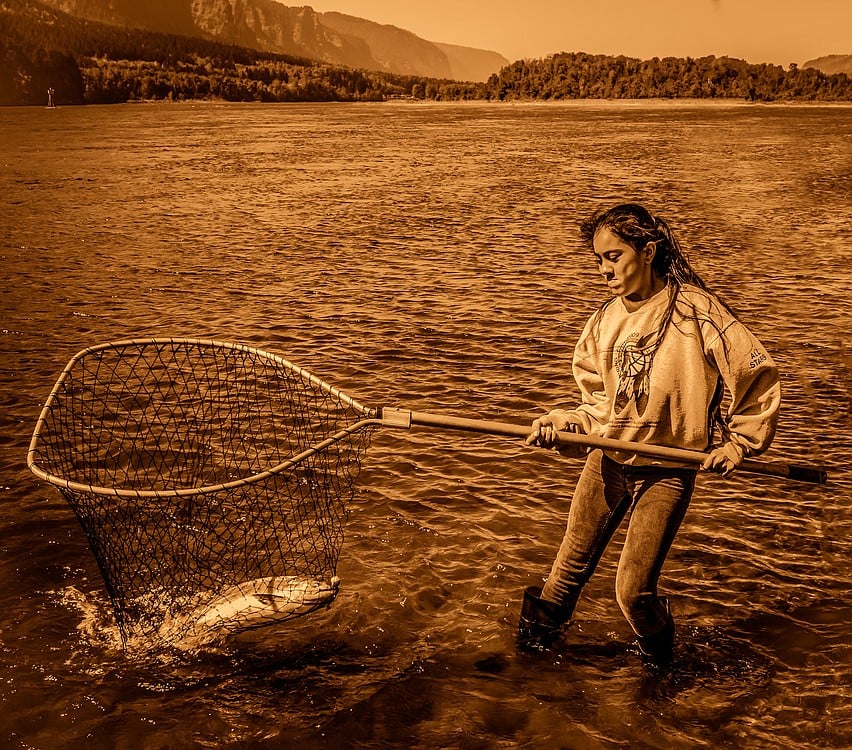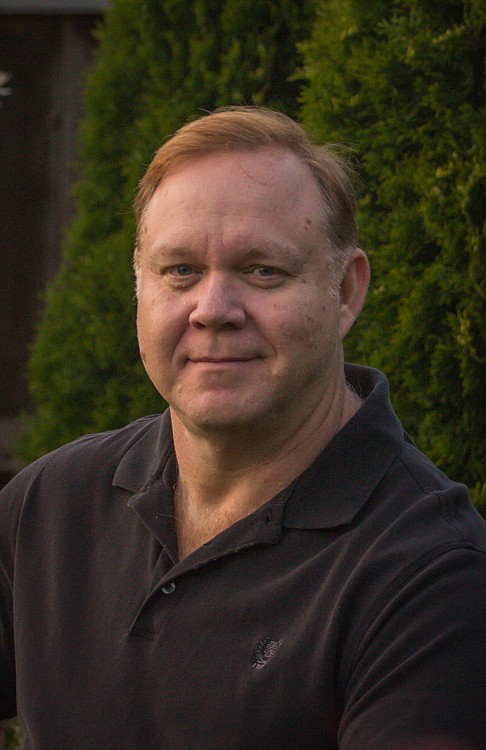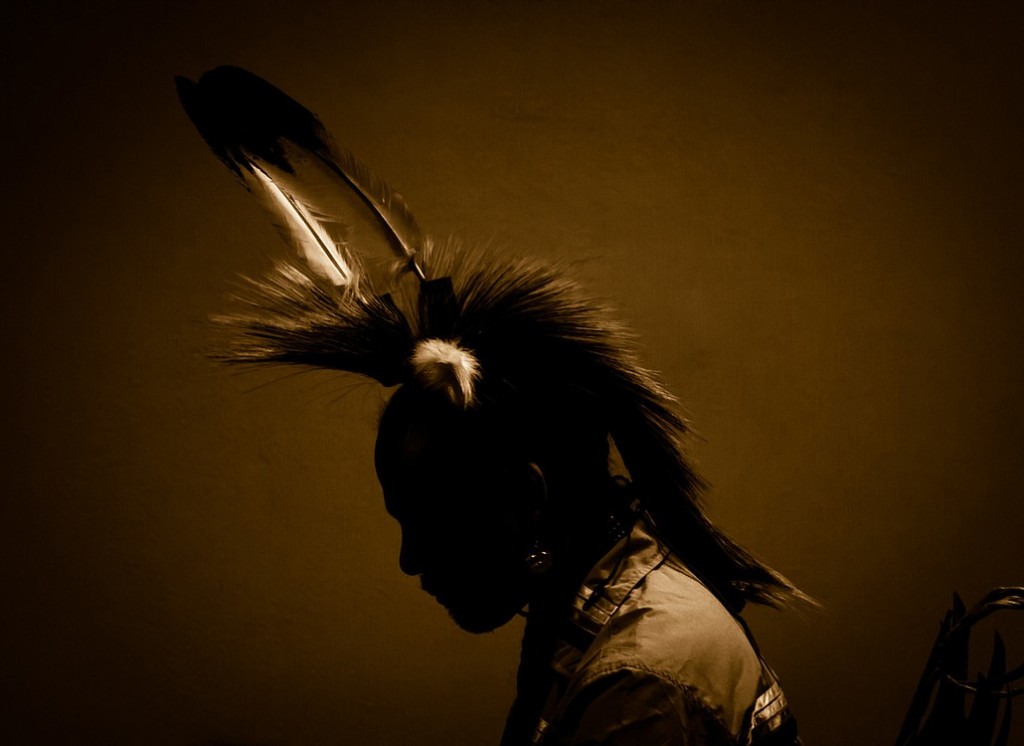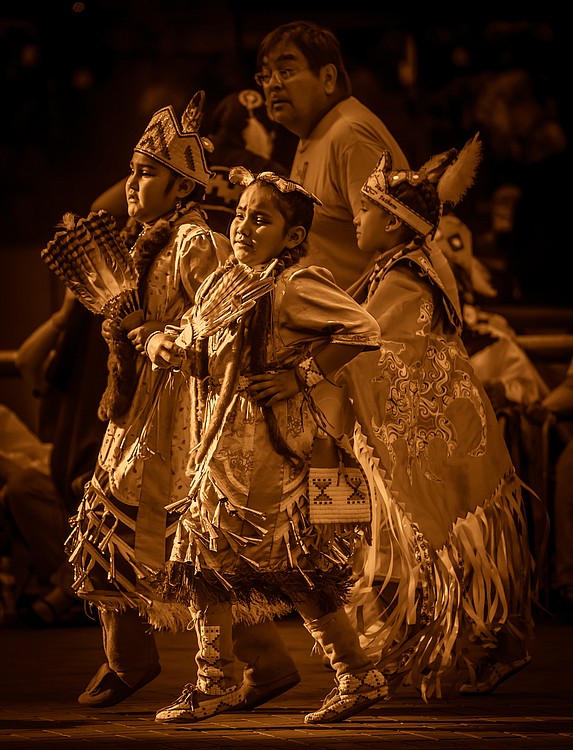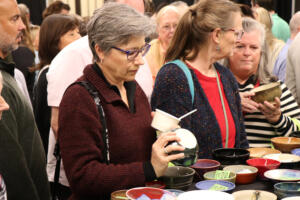“Indian Country: Modern Images of an Ancient People” runs Friday, June 6 to 27 in the Second Story Gallery at the Camas Public Library, 625 N.E. Fourth Ave.
There will be an artist reception this Friday from 5 to 8 p.m. with recorded Native American music. The gallery’s website is www.secondstorygallery.org and photographer Brian Christopher’s blog is throughwhiteeyes.tumblr.com.
Brian Christopher has always been able to blend in with his surroundings.
At more than six feet tall, that is no easy accomplishment.
But it isn’t something he tried to do, it’s instinctive, which helps the photojournalist capture scenes as they unfold.
“I was born a documentary photographer,” Christopher, 53, said. “Despite my size, I can blend in and seem invisible.”
Christopher, a communications consultant, has spent much of his free time during the last two years capturing images of Native American tribes and culture in Oregon and Washington.

